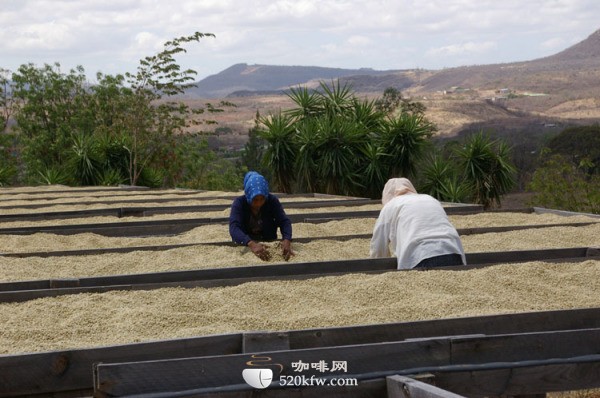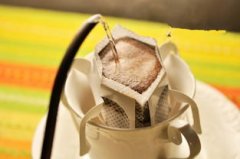How to become a coffee connoisseur to taste coffee
Taste the coffee, not only drink it, but also smell it. Although there is no absolute formula for judging whether coffee is good or bad, mastering the following four connoisseur principles will still help you understand and taste coffee:

* acidity (Acidity)
After the coffee is imported, the taste of leaving it on the tip of the tongue. The word "sour" looks eye-catching, but in fact, the original flavor and fresh vitality of coffee beans, like wine, are contained in its sour taste. The acidity of fresh coffee, with its fruity aroma, is like the natural acidity found in lemons, grapes, apples and other fruits. It tastes pleasant and fresh, and must be different from sour, another word used to describe expired coffee. Among the coffee, Yemen "mocha" coffee is famous for its strong acidity.
* texture (Body)
The taste feeling that lingers on the back of the tongue and mouth after sipping coffee-is it strong or light? Mellow coffee, even if the concentration of coffee powder is not high, can still bring strong taste shock. Generally speaking, black Coffee has the lightest taste, while Sumatra (Manning) coffee has the strongest texture. Heavy-flavored coffee is best mixed with milk, highlighting its mellow taste that cannot be concealed.
* fragrance (Aroma)
The mellow smell of coffee in the wandering air. From roasting, grinding to brewing, coffee beans try their best to release their fragrance at every stop of its long journey. Therefore, you might as well make good use of your sense of smell and experience this fragrant journey with coffee.
* flavor (Flavor)
Connect the above three to form a coffee impression. Some coffee has a variety of flavors, sour, sweet and bitter, while others are extremely sour, completely occupying your sense of smell and taste. There are also people who are used to using "feeling" to dominate judgment-does coffee have its own style? Does it have a unique forest or fruit aroma? Is your temperament gentle or masculine? This is the most intimate and emotional stop in all the tasting processes.
Important Notice :
前街咖啡 FrontStreet Coffee has moved to new addredd:
FrontStreet Coffee Address: 315,Donghua East Road,GuangZhou
Tel:020 38364473
- Prev

The main origin of coffee introduces the selection system of coffee beans.
At present, due to the wide variety of imported coffee beans on the market all over the world, there is no choice. Here, we will introduce the main producing areas and the characteristics of coffee beans as a reference for you to buy coffee. * Brazil (South America) is the world's number one coffee producer and exporter. Because it is distributed all over the country, the quality is different, and it has its own standard (NO.2 according to the amount of dopants)
- Next

Basic knowledge of coffee the quality of water determines the quality of coffee
Hunton says brewing coffee is perhaps the most common chemical extraction process in the world. On the subject of water, Hunton, who wrote for the School of Chemistry of the Royal Society, wrote: different types of water can make coffee beans taste different, sometimes good and sometimes bad. At this point, the American Coffee Association also said that water plays a very important role in the process of making coffee.
Related
- Beginners will see the "Coffee pull flower" guide!
- What is the difference between ice blog purified milk and ordinary milk coffee?
- Why is the Philippines the largest producer of crops in Liberia?
- For coffee extraction, should the fine powder be retained?
- How does extracted espresso fill pressed powder? How much strength does it take to press the powder?
- How to make jasmine cold extract coffee? Is the jasmine + latte good?
- Will this little toy really make the coffee taste better? How does Lily Drip affect coffee extraction?
- Will the action of slapping the filter cup also affect coffee extraction?
- What's the difference between powder-to-water ratio and powder-to-liquid ratio?
- What is the Ethiopian local species? What does it have to do with Heirloom native species?

